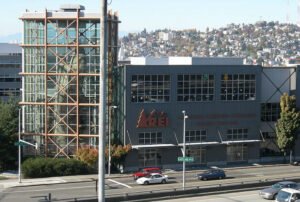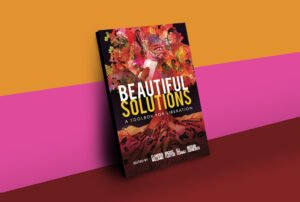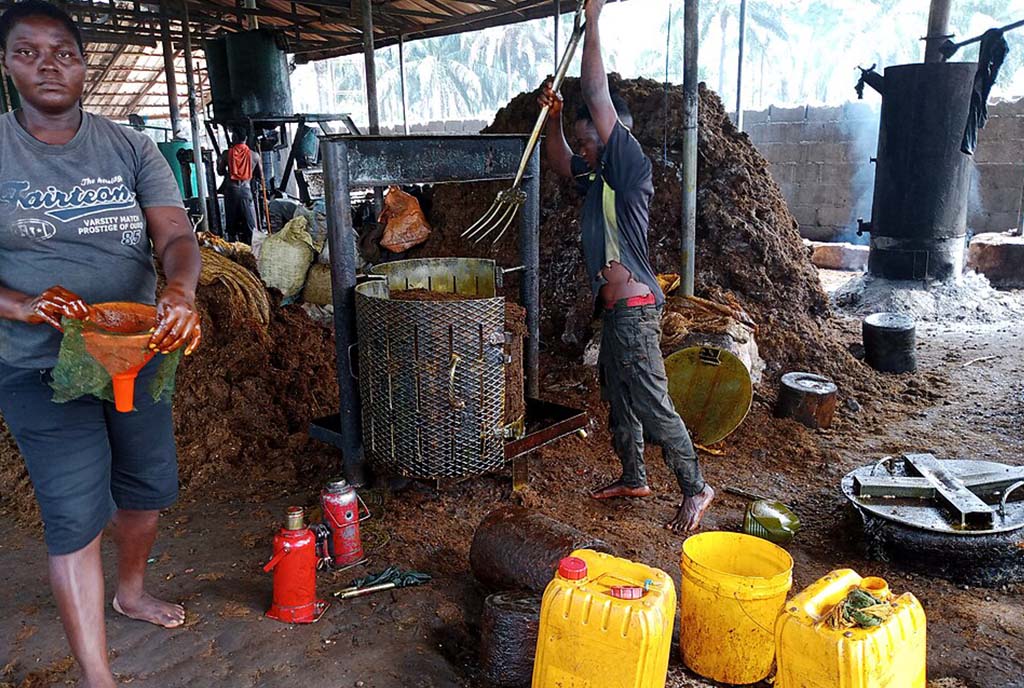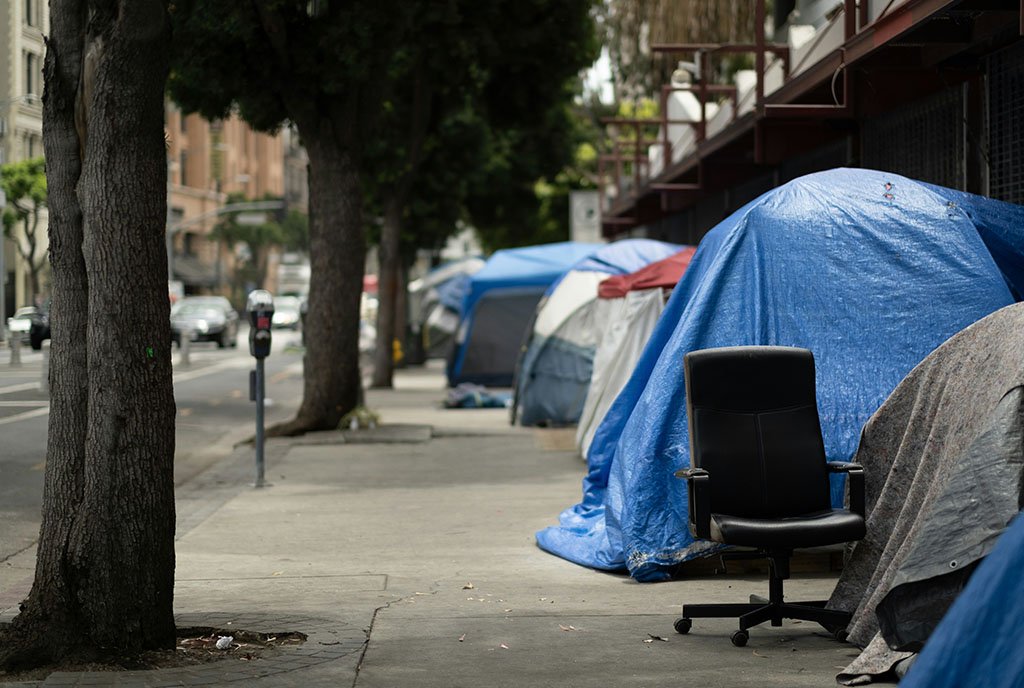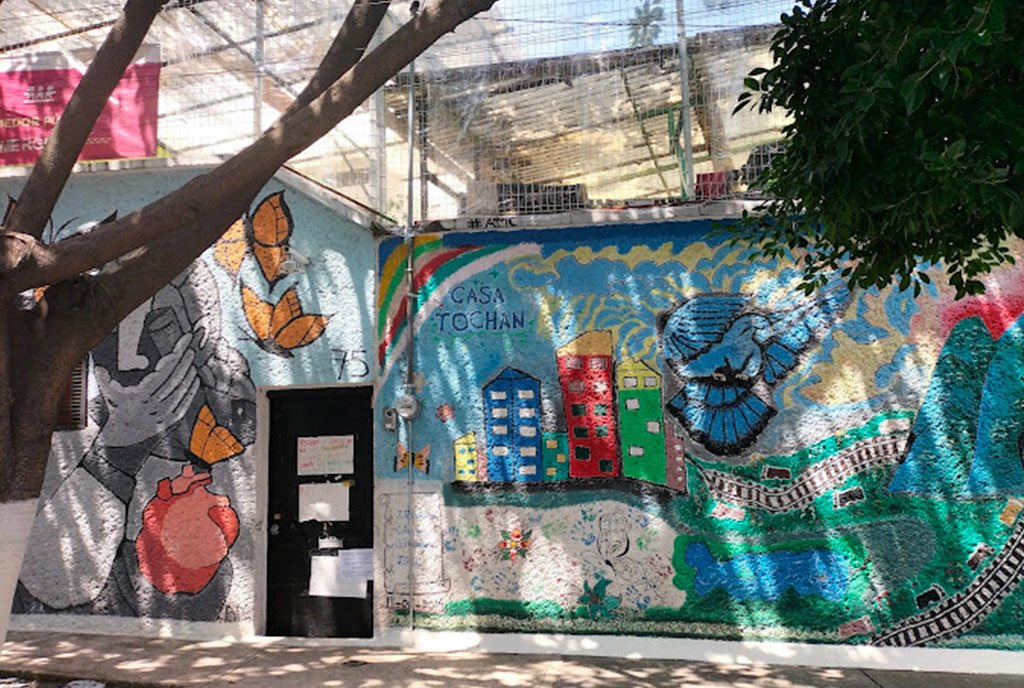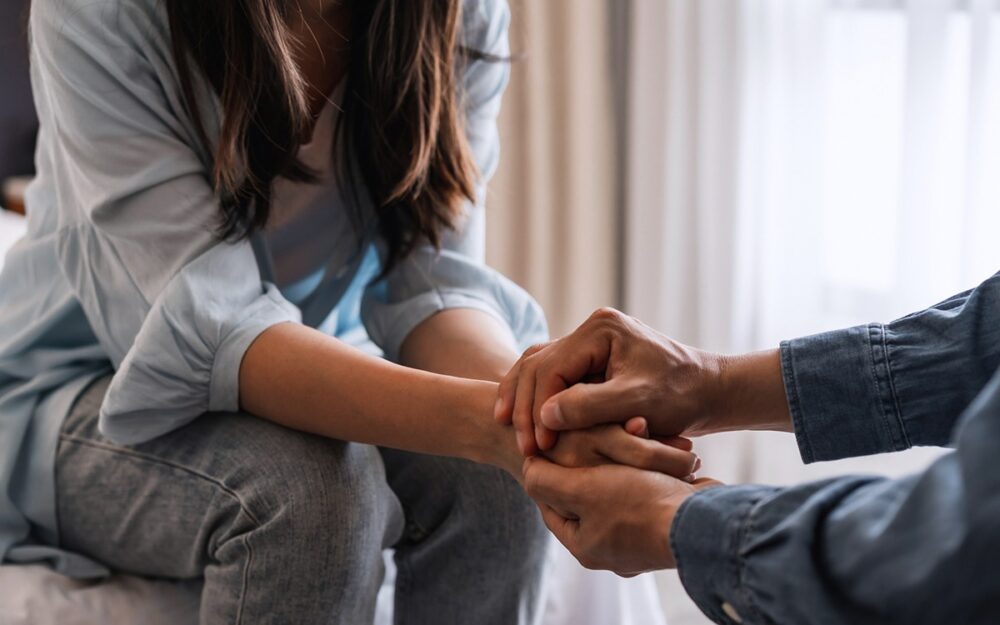
While mutual aid traditions extend far back in US history, for some Americans, COVID marked the first time they had heard of mutual aid, the work of people coming together to voluntarily meet each other’s needs. Mutual aid can include the bartering of services or goods; or the free exchange of items, from cooking meals or delivering food, to clothing drives, prescription pickups, home repair, or childcare.
Such community-based support has long been a staple in places like rural Appalachia, where residents often have felt ignored or neglected by those in power, but at the height of the pandemic, the rest of the country welcomed the idea of helping each other. With safety nets overwhelmed and record numbers of people facing job loss and poverty, mutual aid groups stepped in to fill the void. Many new groups started up in the absence of official help.
One of those groups was New York’s Bed-Stuy Strong, founded in March 2020 in response to the start of the pandemic. BSS is “a group of neighbors helping care for each other and organize to meet each other’s needs in a spirit of solidarity.” At the beginning of COVID, BSS provided and orchestrated grocery deliveries for an astonishing 28,000 people living in central Brooklyn. The group also raised $1.2 million in donations for the community.
Record Giving
High need helped spur high donations. In 2020, Americans gave a record $471 billion in charitable donations, as evidenced by the annual Giving USA report. According to the Indiana University Lilly Family School of Philanthropy at IUPUI, which released the report in partnership with the Giving USA Foundation, “despite a recession, foundations’ giving surged, and gifts to a variety of nonprofits providing social services, supporting people in need and protecting civil rights grew the most.” This was a modest increase of 3.8 percent in giving from the previous year.
The idea that help could come from one’s own neighbors was also reassuring during the start of the virus, a time of extreme isolation and disconnection.
But these numbers vastly understate the shift in giving. A study by the Women’s Philanthropy Institute, which is part of the Lilly School, reported on a survey the authors conducted of over 3,000 people in May 2020. They found that 56.1 percent of households surveyed had engaged in some form of charitable giving, even as only one in three (32 percent) gave to 501(c)(3) organizations.
How did this happen? Part of the difference concerned informal giving—such as buying gift cards for restaurants that were temporarily shut down to help keep them financially solvent. And part of it was mutual aid—networks where people gave what they could and took what they needed, based on norms of solidarity and reciprocity.
The New Yorker interviewed a woman in Brooklyn, arranging pharmacy deliveries for senior citizens in May 2020, who said, “My mom’s always told me that if I feel anxious and depressed I should think of how I can be of service to somebody . . . I think people aren’t used to being able to ask for help, and people aren’t used to offering.”
The idea that help could come from one’s own neighbors was also reassuring during the start of the virus, a time of extreme isolation and disconnection. As Alyssa Dizon, a BSS volunteer in charge of the automatic phone system for the group’s food distribution program, told Georgetown University’s Beeck Center, “People were telling their neighbors to call this phone line; it was more of a home-grown, word-of-mouth thing that had more trust.”
Changing Landscape, Persistent Need
People had less time to volunteer. Some may have believed there was less need.
That BSS phone line that used to ring off the hook in 2020 was disconnected on June 2, 2021. The group, however, still exists and provides a list of food resources, but it no longer offers home grocery distribution. As their website states, “This is a gratitude-filled end to our COVID-19 food provision model, and a pause to our food security organizing, which we continue to be committed to in the long term. We believe pausing our food provision operation is the best way to create space for a more sustainable and participatory long-term model for our food provision efforts as COVID-19 becomes a diminishing threat due to widespread vaccinations.”
Sign up for our free newsletters
Subscribe to NPQ's newsletters to have our top stories delivered directly to your inbox.
By signing up, you agree to our privacy policy and terms of use, and to receive messages from NPQ and our partners.
As work and schools returned to in-person, and some pre-pandemic routines resumed thanks to vaccinations, people had less time to volunteer. Some may have believed there was less need.
One mutual aid group, East Brooklyn Mutual Aid, saw about a 70 percent decrease in volunteers by late 2021. Mere months into the pandemic, NPR reported on several mutual aid groups in Washington, DC who “had to reduce the frequency of deliveries or cut back on certain forms of support because their funding has waned.”
Participation in mutual aid networks may be declining, but demand for the kind of help these networks provide, from financial aid to food assistance, persists. A 2023 study published in the American Journal of Preventive Medicine found that the percentage of Americans who experienced food insecurity in these first few years of COVID may have been underestimated by up to one-third. Simply put, the need for neighbors to help neighbors is not going away any time soon.
Food insecurity, defined as not having consistent access to sufficient food to meet basic needs, continues to be an urgent issue for many Americans, with the Center for American Progress reporting that during one month in 2022, “almost 24 million households—including 11.6 million households with children under the age of 18—reported that they sometimes or often did not have enough to eat during the week. More than seven million households were food insecure despite receiving federal food and nutrition benefits through the Supplemental Nutrition Assistance Program (SNAP), and almost four million of these households included children.”
Early pandemic-era emergency bans on evictions have lapsed, as have support measures for families such as the monthly payments from the expanded child tax credit, which expired in December 2021.
What Lies Ahead?
With the pandemic—and American attitudes toward it—continuing to shift, how are mutual aid organizations adapting?
In the face of continued difficulties, one would hope that mutual aid networks would be as strong as ever, but the reality is that not all mutual aid groups and networks will be sustained. Some groups, such as BSS, have been distributing the last of their donations. Others have stopped operations or plan to disband.
“These mutual aid groups basically are leading experts in how to get something done effectively amidst a network of broken systems.”
Still other groups are changing shape. While mutual aid has always existed outside of traditional philanthropy—and indeed, precedes it—some groups that started informally as neighbors helping neighbors are now seeking nonprofit status. For those groups, there’s ioby (which stands for “in our backyards”), a nonprofit that serves very small grassroots organizations with crowdfunding, fundraising advice, and other assistance. ioby started a program in New York specifically supporting mutual aid groups, including, as PBS reports, “fiscal sponsorship, which allows the groups to accept charitable donations even though they don’t have tax-exempt status themselves.”
As the nonprofit’s founder, Erin Barnes, told PBS, “These mutual aid groups basically are leading experts in how to get something done effectively amidst a network of broken systems.”
While the structure of some mutual aid groups may have to adjust in response to the changing nature of the pandemic, the intention of being in reciprocal relationship with community members—and working with community members to make sure that their needs are met—remains the same. That’s an intention that all groups focused on helping, regardless of their shape, could learn from.







